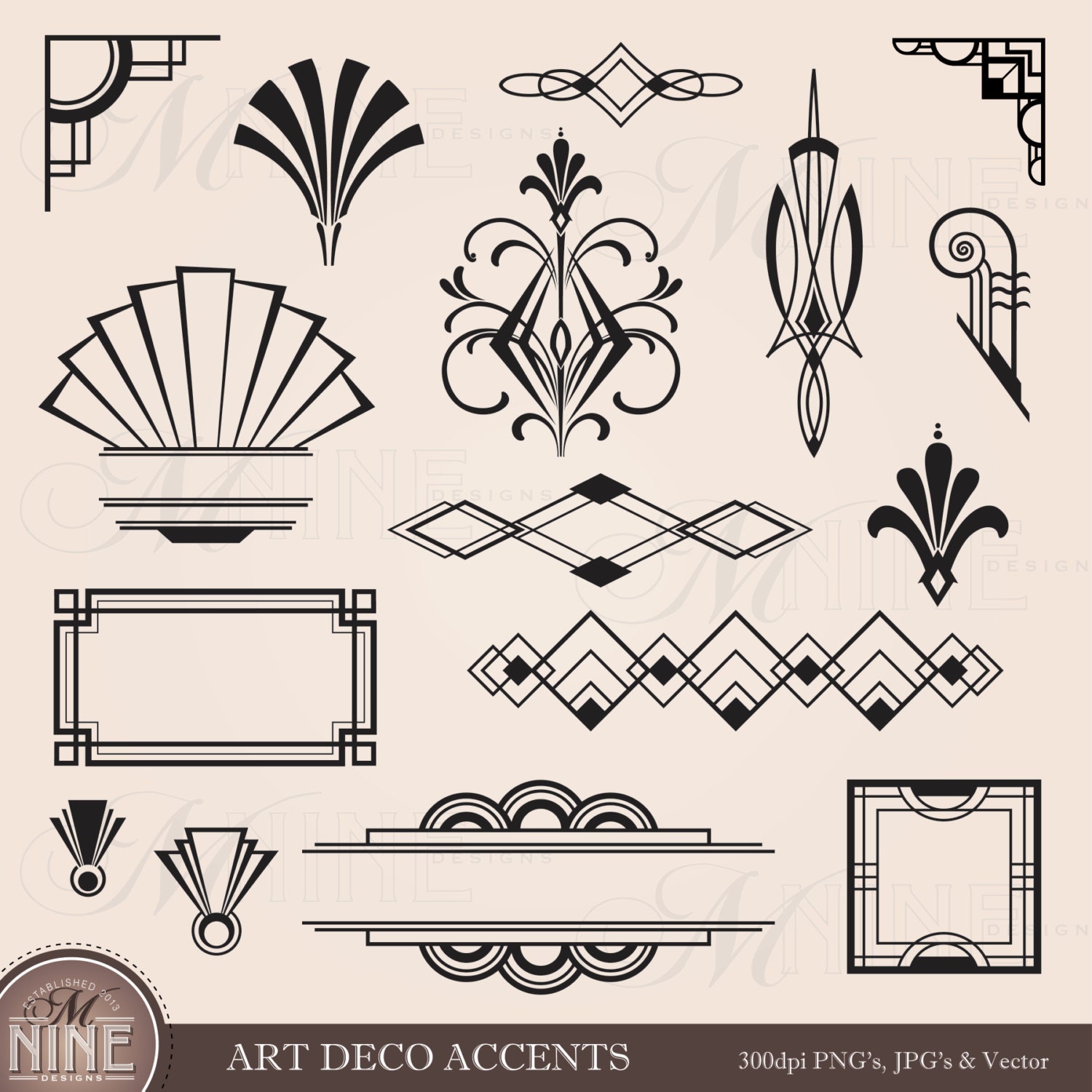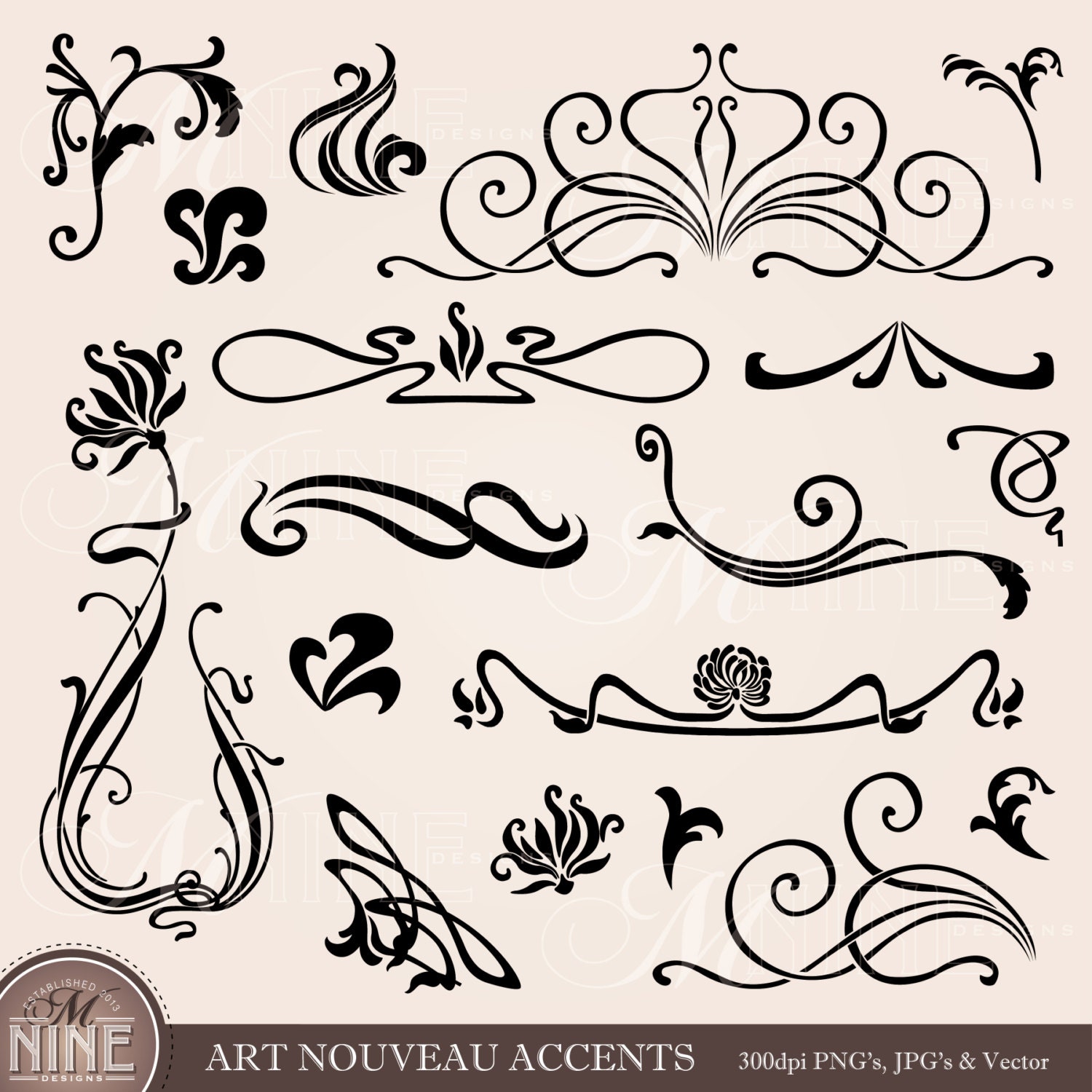Whether you’re a seasoned designer or a novice looking to spice up your presentations, decorative clip art can be a game changer. In this comprehensive guide, we’ll explore what clip art is, how to use it effectively, and where to find the best resources. My journey into the world of decorative clip art has been exciting, and I’m thrilled to share my insights with you.
What is Clip Art Decorative?
Clip art decorative refers to pre-made images that can enhance your projects, making them visually appealing and engaging. These graphics can range from simple icons to intricate illustrations. The beauty of clip art lies in its versatility; it’s used in everything from digital presentations to print media.
History of Clip Art
The term “clip art” originated in the 1960s, associated with the pasting of pre-printed images onto printed material. Today, it has evolved into a digital format, making it easier to access and customize.
The Importance of Decorative Clip Art
Using decorative clip art can significantly enhance your design projects. Here are some reasons why:
- Visual Appeal: Clip art adds color and personality to your designs.
- Time-Saving: Pre-made images save you the hassle of creating graphics from scratch.
- Accessibility: Many clip art resources are free or low-cost, making them accessible to everyone.
Where to Find Quality Clip Art Decorative
Finding the right decorative clip art can sometimes be overwhelming due to the abundance of resources available. Here’s a breakdown of some popular platforms:
Free Clip Art Resources
- Freepik – Offers a vast selection of free and premium clip art.
- Pixabay – A well-known platform for free images, including clip art.
- OpenClipart – A community-driven site with a plethora of free clip art.

Premium Clip Art Sources
- Adobe Stock – High-quality images but requires a subscription.
- Shutterstock – Extensive library with a subscription model.
- Creative Fabrica – Offers unique designs tailored for crafters.
How to Choose the Right Clip Art Decorative
When selecting clip art for your project, consider the following:
1. Relevance to Your Theme
Select clip art that aligns with the message or theme of your project. For instance, if you’re designing a birthday invitation, opt for festive and colorful graphics.

2. Quality of Images
Always prioritize high-resolution images to ensure that your designs look professional, especially for print materials.
3. Licensing
Ensure you understand the licensing agreements for any clip art you wish to use, whether it’s free or paid. Some require attribution, while others do not allow commercial use.

Best Practices for Using Clip Art Decorative
1. Maintain Consistency
Use a consistent style throughout your project to create a cohesive look. This can be through color schemes, themes, or types of illustrations.

2. Don’t Overcrowd Your Design
While clip art can enhance your designs, too much can lead to clutter. Ensure that your images supplement the text rather than overwhelm it.
3. Customize When Needed
Don’t hesitate to modify clip art to better suit your project’s needs. Many graphic design tools offer easy ways to edit colors, sizes, and shapes.

Comparison of Clip Art Resources
| Platform | Free/Premium | Design Variety | Licensing |
|---|---|---|---|
| Freepik | Both | High | Attribution needed for free use |
| Adobe Stock | Premium | Extensive | No attribution required |
| OpenClipart | Free | Moderate | Public domain |
| Shutterstock | Premium | Very High | No attribution required |
Pros and Cons of Using Decorative Clip Art
Pros
- Cost-effective solution for graphics
- Wide variety of styles and themes
- Saves time compared to creating custom designs

Cons
- Can feel generic if overused
- Possible licensing complications
- May not always fit the unique brand style
My Personal Experience with Clip Art Decorative
Throughout my career as a graphic designer, I have come to appreciate the value of clip art. In my early days, I often found myself overwhelmed by the need to create custom graphics for every project. However, incorporating clip art into my design toolkit has not only saved me time but also allowed my creativity to flourish. I remember a specific project for a local charity event where I used vibrant clip art to create eye-catching flyers. The result? A beautifully designed piece that captured attention and reflected the joyful spirit of the event.

Frequently Asked Questions (FAQs)
Is clip art free to use?
Many clip art resources offer free options, but it’s essential to check the licensing and usage rights to ensure compliance.
Can I edit clip art images?
Yes, most clip art can be edited using graphic design software to better fit your project needs.
What formats do clip art images come in?
Clip art can come in various formats, including PNG, JPG, SVG, and EPS files, depending on the platform.
How do I ensure my clip art choices are unique?
To maintain uniqueness, try customizing clip art or combine several images to create a distinctive look.
Conclusion
Decorative clip art is more than just a trend; it’s a practical tool that can enhance your designs, streamline your workflow, and unleash your creativity. By selecting the right clip art and integrating it thoughtfully into your projects, you can significantly boost their visual appeal. I encourage you to explore the resources mentioned in this guide and find the perfect decorative clip art for your next project.